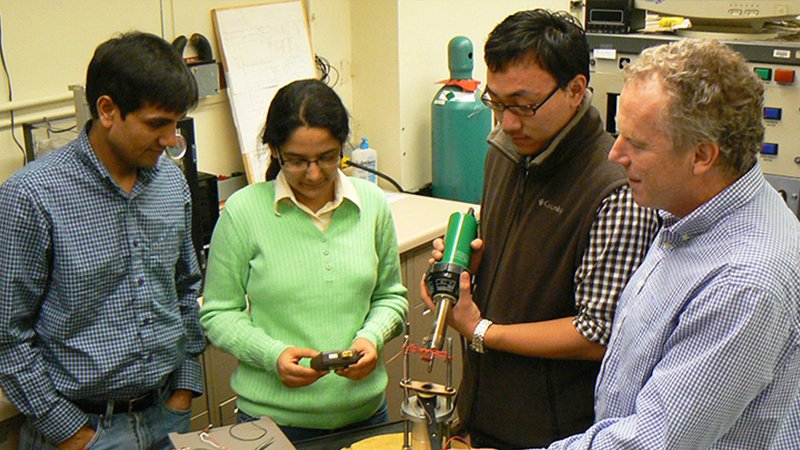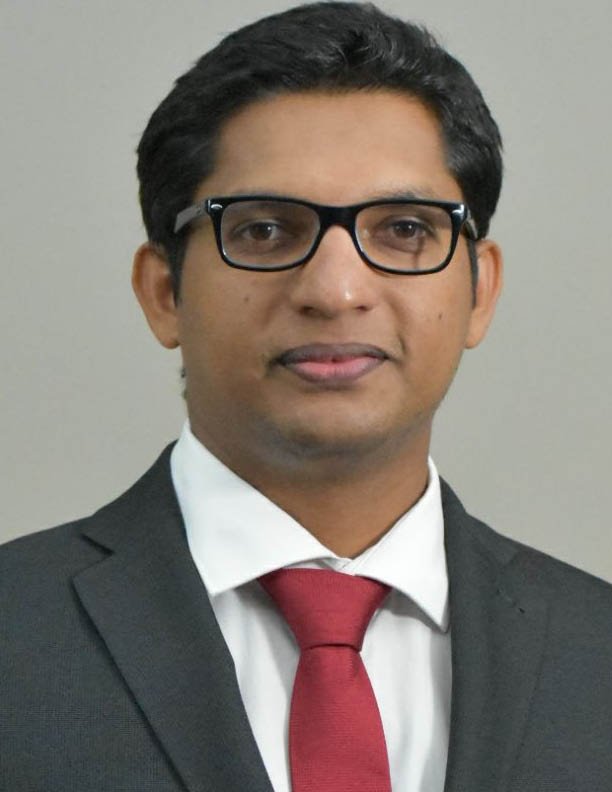Mechanics and Materials

Solid Mechanics and Materials, also known as Aerospace Structures and Advanced Materials, involves applying the principles of the mechanics of deformation, thermodynamics, and electromagnetics toward the discovery, design, and manufacture of advanced materials, active materials, and reconfigurable structures.
Projects begin from a rigorous foundation of nonlinear particle and continuum mechanics theory to perform theoretical, computational, and experimental studies. The ultimate aim is to reveal universal insights on the properties and response of today’s emerging advanced materials and structures.
Graduates from this work go on to successful careers as professors and leaders in government and industry.
Renowned Research Faculty
AEM faculty members are nationally recognized for their expertise in the behavior of shape memory alloys, multi-scale theoretical and computational methods, and buckling and instability phenomena. The team has authored multiple textbooks and research monographs that are widely used across the United States and internationally.
The research-intensive instruction is designed to equip students with a deep understanding of the foundational principles of theoretical and applied mechanics through real-world, experiential learning. Although the nonlinear theories used apply to all materials, they are particularly critical to the study of today's emerging advanced and active materials and reconfigurable structures.Much of this area’s molecular research is part of the OpenKIM project, which has developed state-of-the-art software to perform atomistic materials simulations. More than 520 academic, government, and industry research teams from 43 countries are currently using the software.
Endless Applications

Breaking new ground in advanced materials and nonlinear mechanics holds tremendous promise for many aspects of our daily lives. Some examples include improved structural materials for buildings and ground, air, and space vehicles; new medical and electronic device capabilities; improved sensors and actuators; and enhanced energy harvesting materials efficiency.
Faculty in this Area




